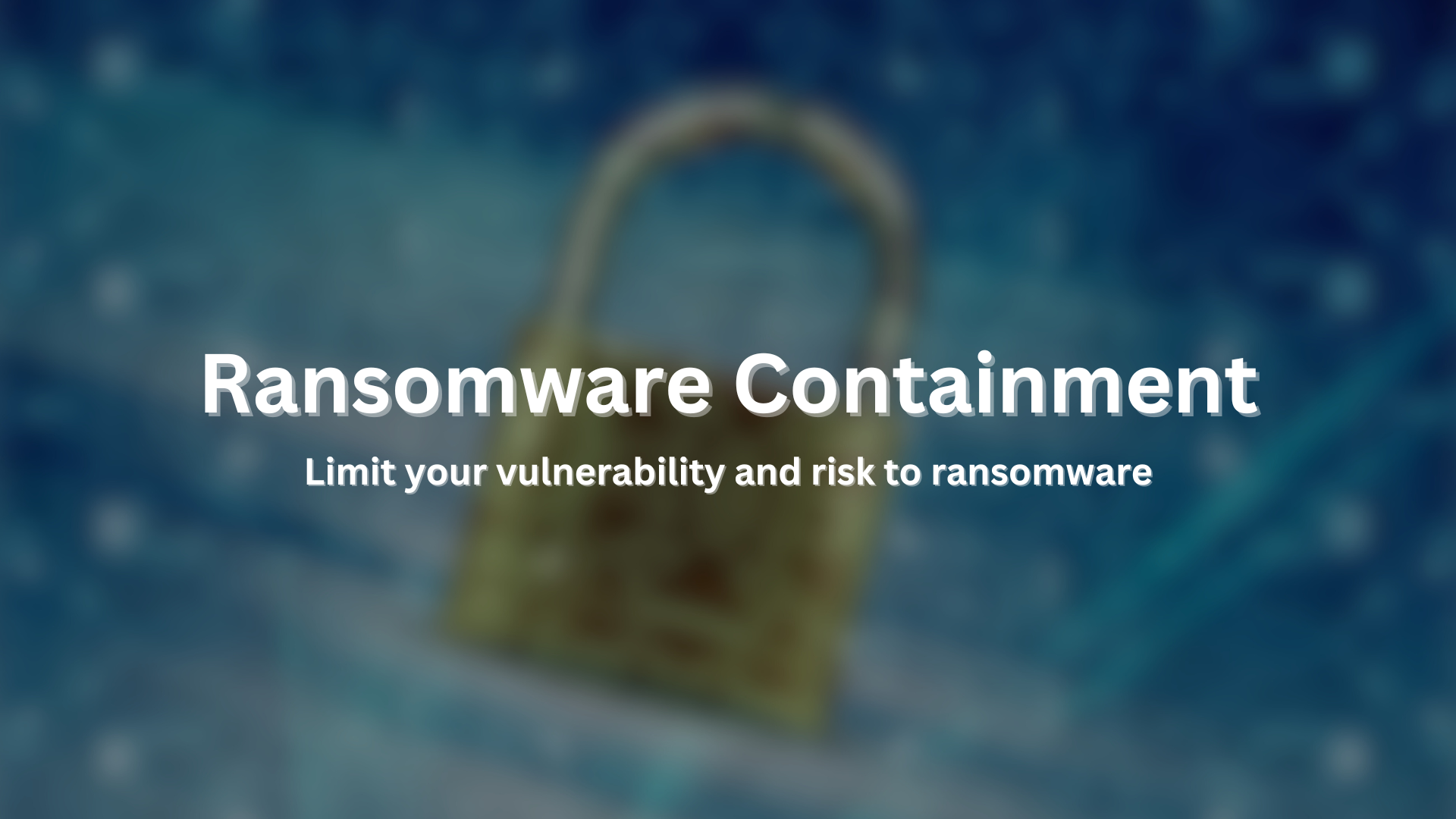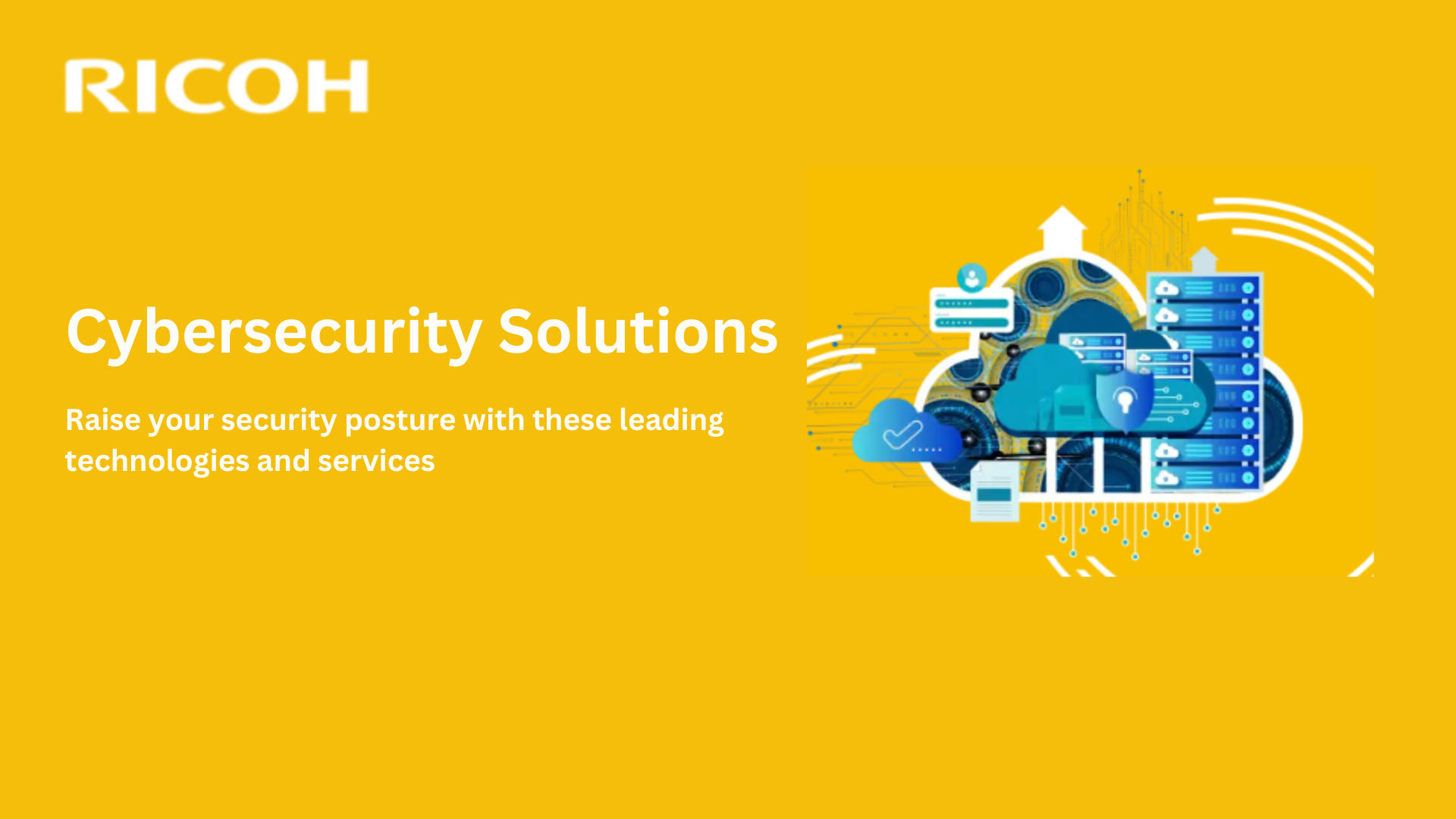The Importance of Ransomware Containment Strategies

Strong 8k brings an ultra-HD IPTV experience to your living room and your pocket.
Understanding Ransomware Containment
Ransomware attacks have become one of the most damaging cyber threats, targeting businesses, governments, and individuals worldwide. When ransomware strikes, it encrypts critical files and demands a ransom in exchange for a decryption key. In many cases, paying the ransom does not guarantee file recovery, making ransomware containment a crucial step in minimizing damage.
Containment strategies focus on limiting the spread of ransomware before it infects an entire network. By responding swiftly, businesses can isolate affected systems, prevent data loss, and reduce recovery costs. Without proper containment, ransomware can quickly encrypt all connected files, bringing business operations to a halt.
Key Elements of Effective Ransomware Containment
To successfully contain ransomware, organizations should implement the following strategies:
1. Immediate Isolation of Infected Systems
Once ransomware is detected, the first step is to isolate affected devices to prevent further spread. This includes:
- Disconnecting the infected device from the network (Wi-Fi, Ethernet, and VPN connections).
- Shutting down shared drives and cloud access to protect files stored on remote servers.
- Blocking the affected system from communicating with other devices to limit cross-infection.
2. Disabling Shared Drives and Access Points
Many ransomware variants spread through shared folders, mapped drives, and cloud storage. To contain the attack:
- Disable file sharing on affected devices.
- Revoke user access to shared folders to prevent encryption of critical data.
- Temporarily suspend cloud synchronization to ensure backups remain intact.
3. Stopping Malicious Processes in Real-Time
Security teams should use endpoint detection and response (EDR) tools to monitor ongoing ransomware activity. These tools:
- Identify suspicious encryption patterns.
- Stop malicious processes before they encrypt more files.
- Prevent unauthorized modifications to system settings.
4. Identifying the Attack Source
Understanding how the ransomware infiltrated the system is critical to preventing future attacks. Common entry points include:
- Phishing emails with malicious attachments or links.
- Compromised Remote Desktop Protocol (RDP) connections.
- Exploited software vulnerabilities due to outdated applications.
Once the entry point is identified, organizations should patch security gaps to prevent further breaches.
How to Strengthen Ransomware Containment Efforts
Beyond immediate containment, businesses must implement long-term security measures to minimize the impact of ransomware attacks.
1. Network Segmentation
Proper network segmentation can limit ransomware’s ability to spread by isolating critical systems. Best practices include:
- Creating separate network zones for different departments and user groups.
- Restricting access to sensitive files based on job roles.
- Using firewalls and VLANs to control traffic between internal systems.
2. Deploying Endpoint Detection & Response (EDR) Solutions
EDR tools provide real-time monitoring and threat mitigation, allowing security teams to:
- Detect ransomware activity early.
- Block malicious scripts before execution.
- Respond instantly to security incidents.
3. Enforcing Least Privilege Access
By limiting administrative privileges, organizations can reduce the risk of ransomware infecting entire networks. This involves:
- Granting only necessary access to employees and third parties.
- Implementing multi-factor authentication (MFA) for sensitive accounts.
- Restricting admin privileges to trusted personnel.
4. Developing an Incident Response Plan
Every business should have a well-documented ransomware response plan that outlines:
- Who to notify in case of an attack.
- Steps for system isolation and containment.
- Data recovery procedures using offline backups.
- Communication strategies for internal teams and stakeholders.
5. Regular Security Training
Human error remains a leading cause of ransomware infections. Educating employees on cybersecurity best practices can significantly reduce risks. Training should cover:
- Recognizing phishing emails and suspicious links.
- Avoiding unsafe downloads and attachments.
- Reporting potential security threats immediately.
Final Thoughts
Effective ransomware containment is essential for minimizing the impact of cyberattacks. By isolating infected systems, limiting access, and deploying advanced security measures, businesses can prevent ransomware from spreading and avoid costly downtime.
In addition to containment, proactive cybersecurity strategies—such as network segmentation, endpoint protection, and employee training—are crucial for preventing future attacks. The faster an organization responds to ransomware, the better the chances of protecting data, maintaining business continuity, and avoiding financial losses.
By implementing strong ransomware containment policies, businesses can ensure they are prepared for the growing threat of cybercrime.
Note: IndiBlogHub features both user-submitted and editorial content. We do not verify third-party contributions. Read our Disclaimer and Privacy Policyfor details.




